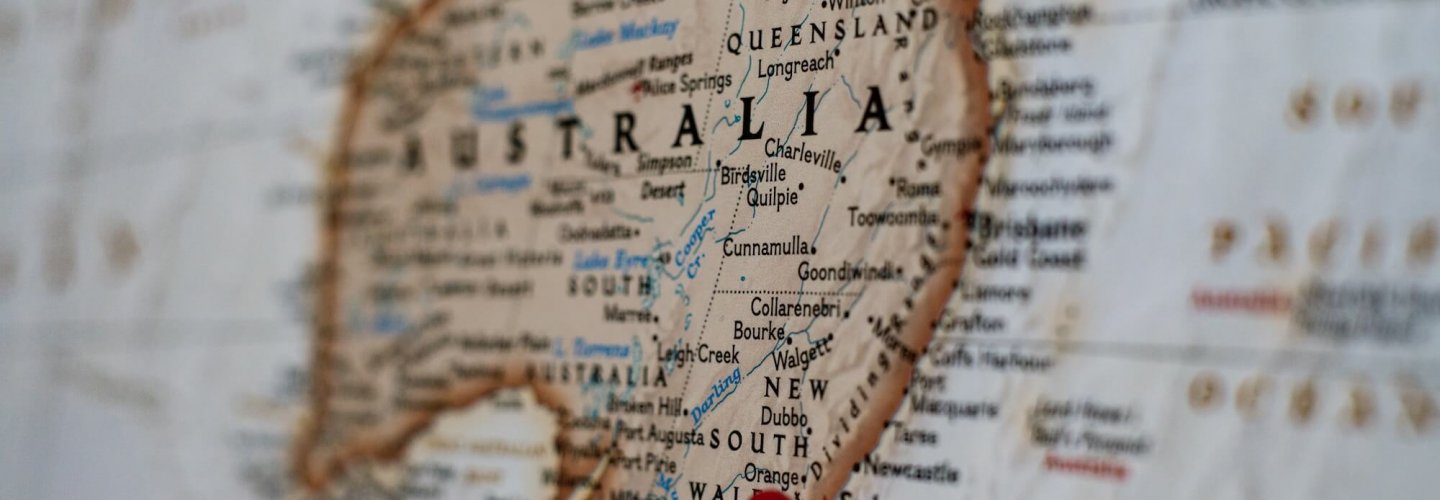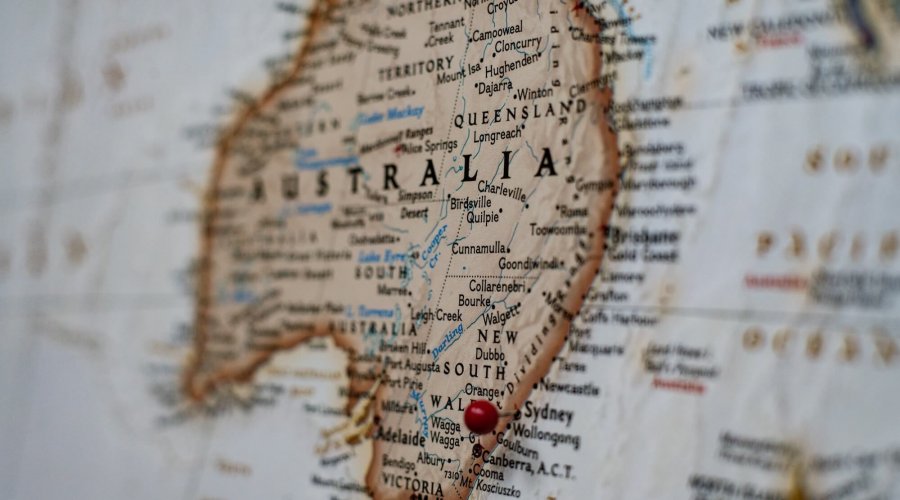Unlike Europe, Australia has never been as notable for its early cinema era or even its post-modern cinema era. One thing is for sure; Australian artists are becoming the most popular go-to artists for contemporary TV shows in the US and UK. A majority of these artists come from Sydney and Melbourne.
1910 was a boom period in Australian cinema which declined in the 1920s due to a lack of interest in Australian narratives. This, along with fighting with the increasingly dominant American film market in 1923, saw 94% of all exhibited films coming from America. However, in the 1970s to the 1980s, Australia experienced a film renaissance with classics such as Peter Weir’s ‘Picnic at Hanging Rock’ (1975) and Kan Hannam’s ‘Sunday Too Far Away’ (1975).
A number of famous people also came out of 1990’s Australian cinema, including Russell Crowe, Nicole Kidman, Toni Collette and Eric Bana. The Australian film market has struggled to compete with American productions, however, one thing Australia does seem to be doing well is sharing a platform with US artists in mainstream TV and film. Some of the most notable artists in Australia right now are Sia, Kylie Minogue, Teddy Cream, Dean Lewis and Jessica Mauboy.
Lionsgate thriller ‘Nerve’ premiered to positive reviews and debuted its first trailer over a year ago which used Sydney born electronic DJ Basenji in its opening scene. Nerve isn’t the only modern film or show that has utilised the popular music of Australia. Netflix premiere ‘You Get Me’ featured Sydney based DJ and producer Alison Wonderland (real name Alex Sholler). Her upbeat tunes are a good example of the film’s pop-dance vibe which aims to bring in more of a youth audience.
In season 2 of ‘Shadowhunters’, Melbourne artist Cloves, indie-rock band High Highs and recent talent, Dean Lewis all feature in important scenes. Meanwhile, electronic inspired singer-songwriter Chet Faker (Nick Murphy) features in the popular show ‘iZombie’ (Season 3 episode 12).
What about the cinema industry in Australia?
Whilst the US is now adopting Australian artists, Australia itself has a few notable hits under its belt. 2015 Australian family film, ‘Paper Planes’ featured Lior’s touching “Learn to Live”. Both sad and cathartic, Lior creates a beautiful fantasy world with a few strategic chords and a juxtaposition of an uplifting score and realistic lyrics. While Nigel Westlake’s score inspires courage, aspiration and imagination in the main characters with its subtle use of flutes, xylophones and violins, it also reflects the ups and downs of a young boys dream.
Additionally, Enter One by Sol Seppy reflects the bleak but fantastic peaks within Robert Pattinson starring ‘The Rover’ with soft spoken vocals and piano backing. Only a song as heavenly as this could fit such a story of love and hate. The film also incorporates world music with “Otdar Meanchey” playing in a bar scene, which happens to be the first time this song has been played in an international film.
This isn’t the only fusion soundtrack. Australian chart topper Sia chose to sing “Never Give Up” for Lion, the Oscar nominated film about an Indian man who is adopted by an Australian family and seeks to find his real birth parents. The song attempts to fuse this dual heritage by mixing Indian inspired beats with Sia’s classic pop lyrics.
Whilst Australia has never been a country that immediately imagines itself as a thriving music or film industry, its poignant films and emerging youth artists may be changing that.

